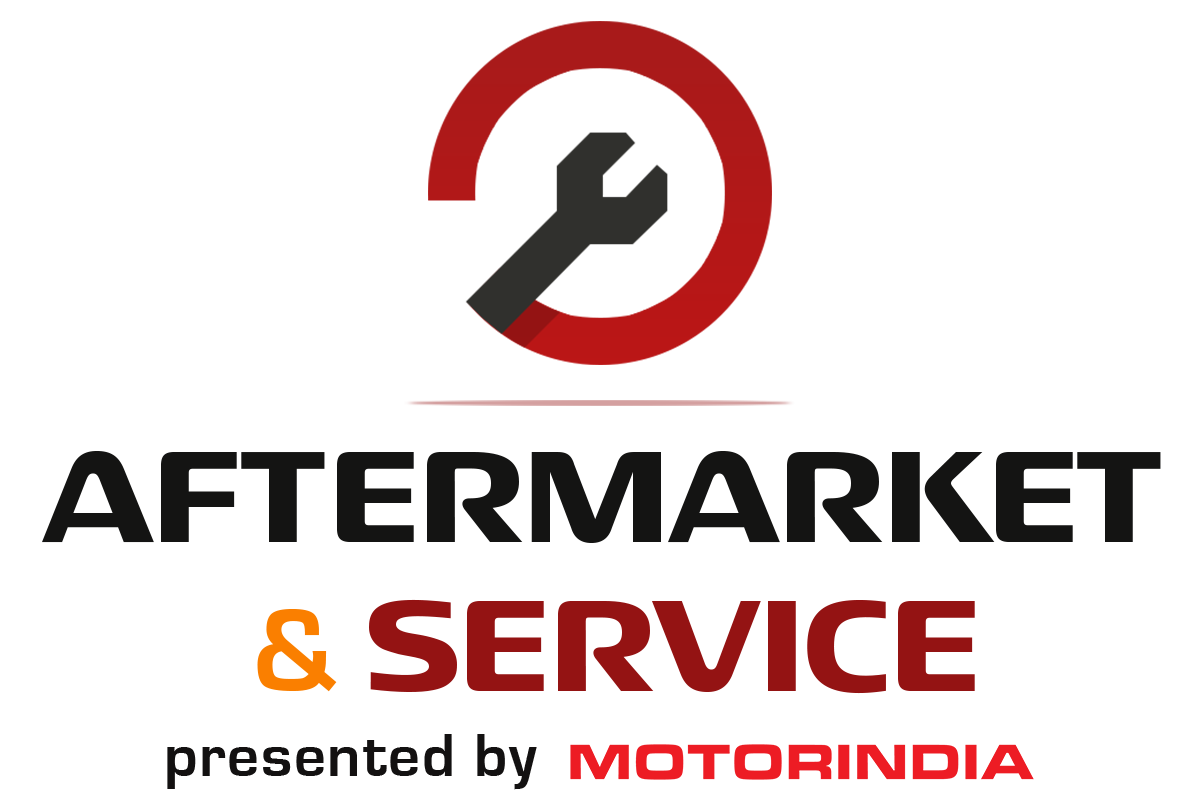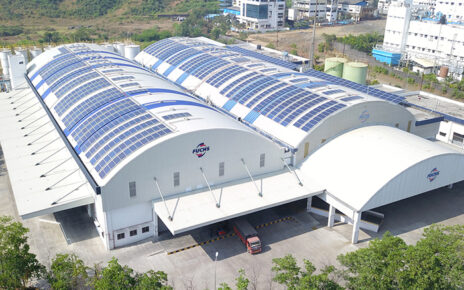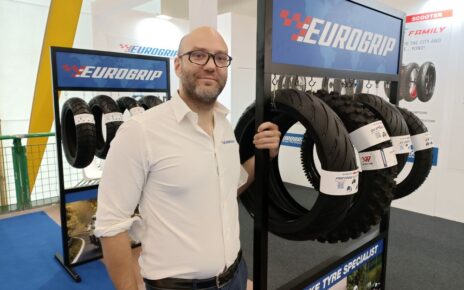
In the dynamic world of the tyre industry, staying ahead requires not just knowledge of the latest trends but also an ability to adapt and innovate. Mr. K. Durairaj, with his 45 years of experience, embodies this spirit of resilience and forward-thinking. Starting with a humble beginning of selling used tyres, Durairaj has navigated through various transformations to establish a successful tyre business that now spans reach across Tamil Nadu. In this insightful interview by Mr. Raghul Sivaguru, Durairaj shares his journey, the strategies behind his business decisions, the current trends in the tyre market, and the challenges he faces in an ever-evolving industry. From the shift to tubeless tyres to the potential impact of new technologies, Durairaj offers a comprehensive look into the world of tyres, underpinned by decades of expertise and a commitment to excellence.
Can you introduce yourself and state the inception of your shop?
My name is K. Durairaj, and I have been in this industry for the last 45 years. We entered the business by selling used tires. I used to visit Delhi (Kashmiri Gate) frequently to understand the trends in this domain, and I stayed in Karol Bagh. Later, we decided to change the business. During those days, there were spare part shops for all vehicles but nothing specific for punctures. So, we purchased related spares for lorry, car, and two-wheeler tires and started this all-in-one shop. Eventually, we stopped selling old tires and completely moved to this new tire business, updating ourselves with retreading and vulcanizing. We operate in close vicinity with related entities within a 300km radius and are well-known throughout Tamil Nadu, even in remote villages with just 50 houses. Now, we have four branches on G.P. Road, each handled by one of my four sons.
Which brands and products are you dealing with? What is your take on the present industry trend?
For new two-wheeler tires, we have brands like Ceat, Apollo, Bridgestone, and Power Max, which form our main business. We have tubes from Dunlop, Ceat, and Imax. We also sell stickers used on punctured tubes from brands like Omni (USA-based), Quik, and Best Patch. Retailers and small shops get them from us and sell them at their locations.
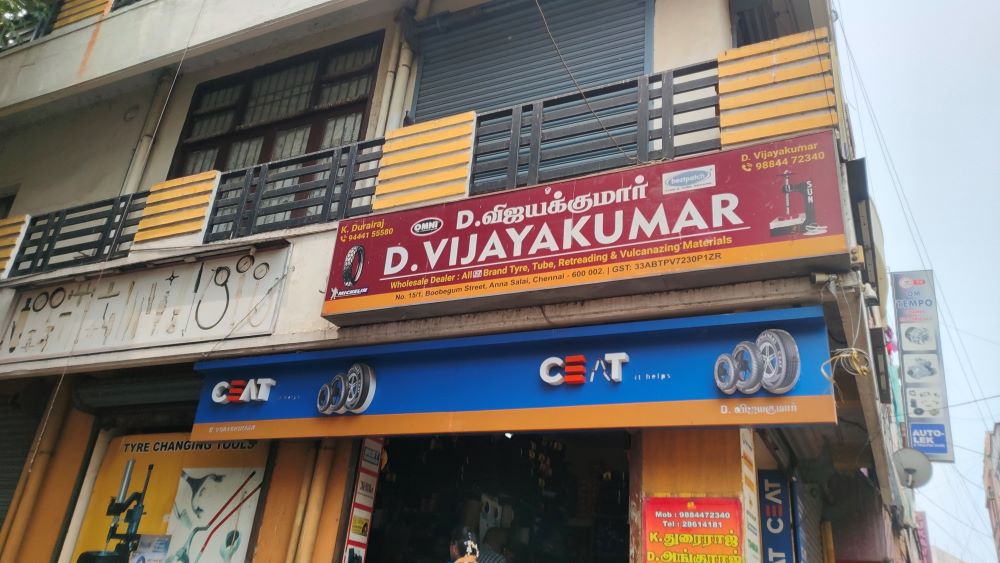
The usage of tubed tires has decreased drastically, with the majority switching to tubeless tires. So, we have related accessories like valves from a brand called Triton, based in Mysore. Additionally, we also deal with tires and tubes for three-wheelers.
Have you taken any measures to manage your shops, considering you retail rubber products?
We procure products as per requirements, so they are not stored in our shops for long durations. Green rubber used for vulcanizing has a shorter shelf life of 10-20 days. The stickers used for punctures now have a shelf life of 1-3 years and are not biodegradable. Since tires are stamped with the manufacturing date, we do not store tires beyond a year in the warehouse.
With India being a price-sensitive market, how do you see the usage of radial tires on modern-day vehicles? In the replacement market, what is the most sought-after option?
Cars have completely moved to steel radial tubeless tires. Although they are more expensive than traditional bias ply tires, they provide better life and mileage and are advanced in construction. However, I still feel that two-wheelers have a long way to go in terms of using radial tires.
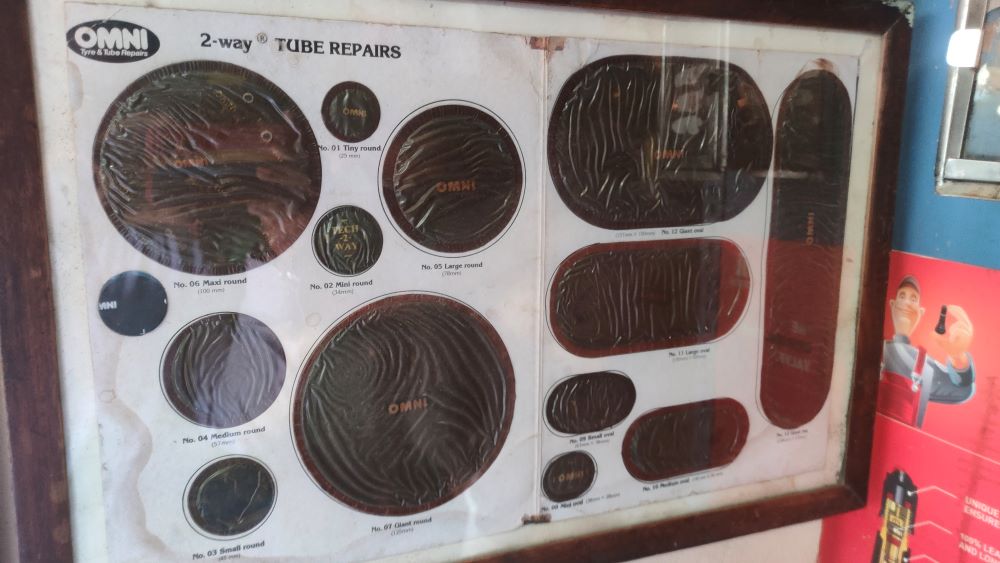
Customers prefer sticking to the exact specifications of the tires present in their vehicles. But while purchasing a new set of tires, they are eager to get the newer ones, which are slightly grippier and more advanced than the ones they had used, and cost is no longer a deciding factor.
As a wholesaler, we sell tires to small shops at lower margins, on the brands requested by them.
Do you feel there is a market for used tires?
Due to the use-and-throw culture present now, the market for used tires is declining rapidly. In the truck industry, retreading is predominantly done on 16-inch and 20-inch tires. However, about 60-70% of customers have started opting for new tires to avoid any delays during trips caused by punctures or tire bursts. Scrap dealers are purchasing used tires in larger quantities and recycling them to source industry-grade oil.
What warranties are applicable to tires and tubes now?
If a tire wears out quickly, the warranty will be rejected immediately because there is potential for wheel bearing failure. If bulging occurs in the tire due to a manufacturing defect, tire companies provide a replacement immediately or on a pro-rata basis. However, such instances have decreased by 95% because maintaining the company’s trust is essential among its competitors.
What is the potential solution for a puncture in vehicles fitted with tube and tubeless tires?
There are sealants that can be used once in an emergency. Considering the road conditions and the vehicle’s load, we do not recommend makeshift solutions like converting a tube tire into a tubeless tire. Instead, we recommend keeping some puncture stickers and a foot pump in the vehicle’s toolkit.
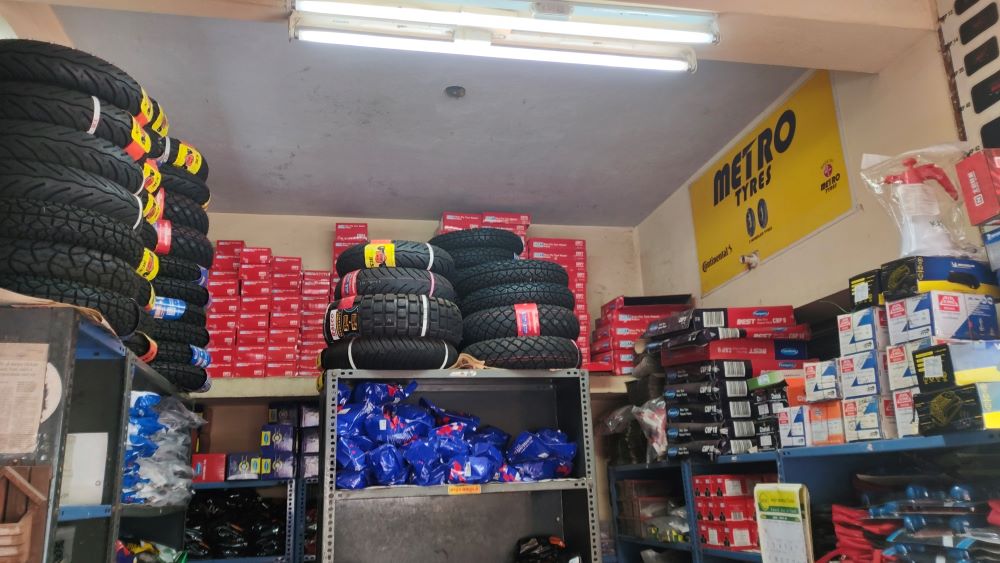
For tubeless tires, there is a product called stingers, which are now commonly used to fix punctures. As a ready-made and easy-to-use product, it is widely used by people who go on adventure rides or hill rides where road surfaces are not uniform. Best, Omni, Quik, and Thumbs Up (imported from China) are the leading companies dealing with these repair kits.
We see a trend of consumers having a portable vacuum/air pump in their vehicles. This, along with the puncture repair kit, can potentially impact your business. How do you see this trend?
It is vital that we stay updated in this business. Moving from patches and stingers, we now have a new product called mushroom/umbrella puncture, which is even more reliable. However, tires are a fundamental part of any vehicle. So, no matter how much technology advances in vehicles, there will still be a market for us.
I recently heard that airless tires are being developed in China, which would be a game-changer. Also, modern vehicles are now fitted with TPMS (Tire Pressure Monitoring Systems). We sell the same, made by Triton, an OEM supplier to Indian brands, in our shops.
What is the average life cycle of a tire across various vehicle segments?
Truck tires typically last 2.5 lakh kilometers. For a two-wheeler tire, it is time-bound (3-4 years). Car tires can last 40-80k kilometers if air pressure and alignment are maintained properly. We advise making it a regular practice to check the air pressure of your tires and top it up accordingly (regular air/nitrogen) while refuelling your vehicle at petrol bunks. We also sell the hose, mouth, and dye of the air pressure systems available at petrol bunks.
What are the challenges associated with this business? What are your business expansion plans?
Competition is the biggest challenge we face. Since we have a reputable brand name, we survive by limiting our margins. Also, if a product we sold fails, we replace it on a goodwill basis for our customers. That is the value-added service we provide.
We have started selling lead-based wheel weights of 5 grams and 10 grams, which are widely used at wheel alignment centres. Shops on G.P. Road have become our regular customers. We are importing the latest tire changers, pneumatic guns, and hydraulic jacks for cars and heavy vehicles from China, creating a business scope for people.
Do you think there needs to be any revision of taxation in the tire industry? Is China taking advantage of this scenario?
GST is a welcome move by the government. However, tires are placed at the higher end of the spectrum, at 28%, which could be revised. This has led to the usage of tires from China, considering the ever-increasing vehicle park in India. Chinese tires are very cost-competitive compared to Indian brands like MRF, Ceat, and Apollo. We have seen 20-tire heavy vehicles where the front axle is fitted with Indian brand tires, and the rear axle is fitted with Chinese tires.
Fleet operators prefer this instead of retreaded tires because they save 3-4k rupees per pair easily. This culture has now started to penetrate the car market as well. So, it would be better if these Chinese imports were levied with appropriate import taxes.
